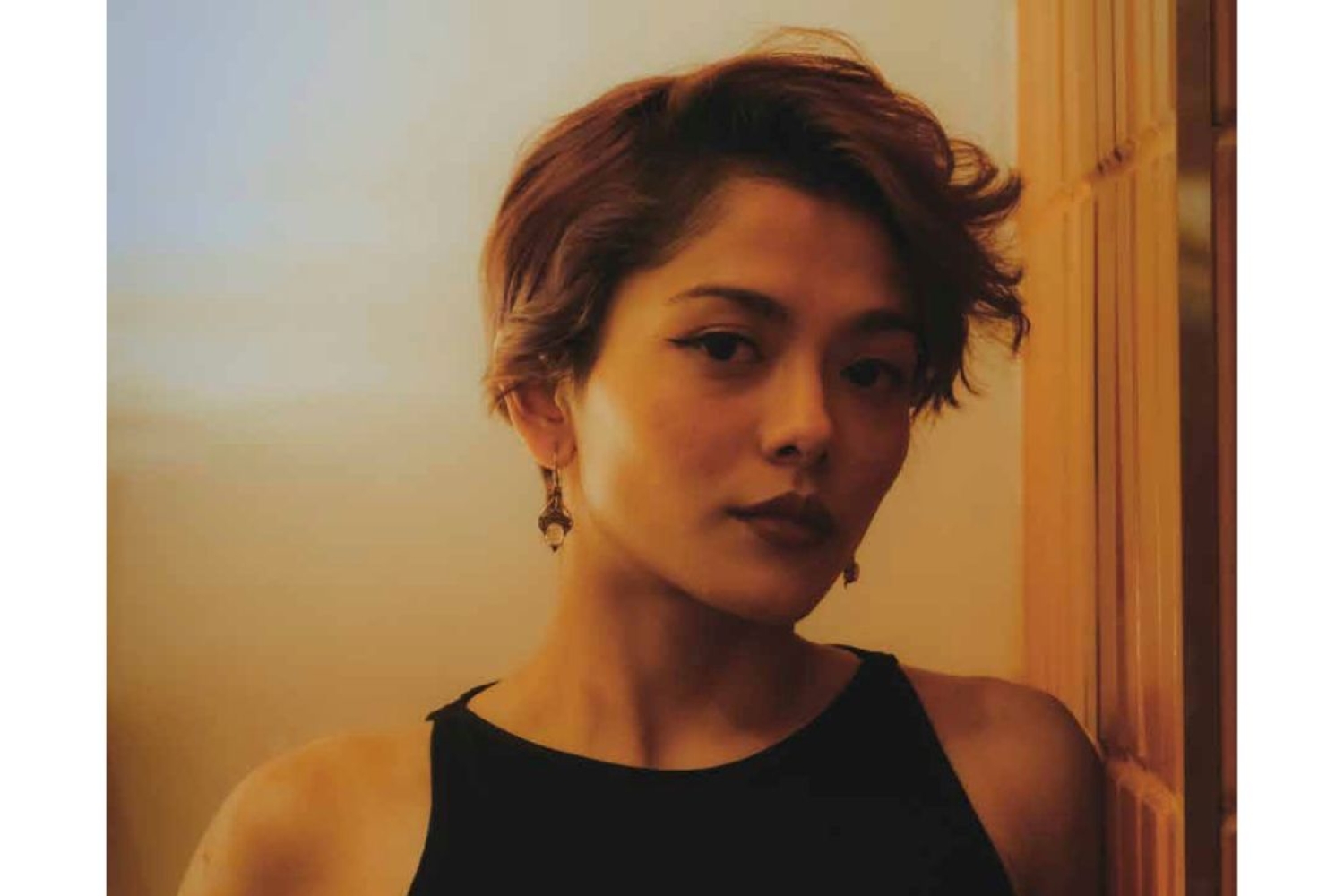

A dreamy folk singer from Sikkim, Anoushka Maskey has found a solid space in the indie music category. We’ve seen her swift ascent from creating music in homeroom studios to lending her voice to Netflix shows and starring in a major South Indian movie. There is an incredible amount of talent behind her petite stature, gentle face and ebony eyes.
Her upcoming album, Epilogue 1, represents a departure from her previous work while still retaining some familiar elements. Initially conceived as a purely folk project with hints of funk and jazz, the album took a new direction when she collaborated with electronic artist sudan. Together, they delved into the realm of folk electronica and dream pop, creating uncharted territory for both of them. We’ll describe her musical endeavours as a fusion of folk and electronic music.
Creative Process
When I start the creative process, I usually begin with a simple chord progression, mostly on the guitar. If I don’t like the chord progression, the song usually doesn’t progress any further. As I’m strumming and developing a melody motif, the words for the song tend to come to me from that motif, and that’s how the melody and words come together. After the melody and words are in place, everything else falls into place.
Epilogue 1
Last year was incredibly tough for me. My mental health was deteriorating, and I was going through a lot of changes. I remember this one profound moment in my bedroom when I was feeling really low. I hadn’t left my bed for a long time, and the room was dark with the curtains drawn. I mustered enough energy to get up and heat some food, and as I sat there, I realized that despite everything, I wouldn’t change a thing. I felt like I was the universe experiencing itself, and it was that moment that inspired all of the songs that came after and made the album.
Trajectory of the Album
The album follows a trajectory from darkness to light. It’s not structured with a clear beginning and end; rather, it feels like a collection of letters to myself. Some tracks seem to be my future self speaking to my present self, while others feel like my past self speaking to my future self. The music reflects this trajectory from dark to light, and you can feel it as you listen to the album. The instrumentation evokes a shift in emotions, gradually uplifting the listener.
Music as an Emotion
Some of my favourite songs are the result of intense frustration, channelled into 10-15 minute bursts of creativity. One track, Most of the Days, a release from this year, embodies raw emotion, written in just seven to 10 minutes during a particularly trying day. The beauty of having a creative outlet is that it allows you to channel your emotions in a tangible way. Many people spend their lives searching for such a medium without realizing it’s been within reach all along.
Going back to the Start
I’m currently focused on reconnecting with my roots. As a Nepali, I realize that I haven’t explored Nepali poetry enough. Most of the poetry I’m familiar with comes from my mom or my uncle, so my exposure is quite limited. I feel a strong desire to delve deeper into it. Writing has played a more significant role in my life than music. It has been a part of me for a long time. I’m particularly drawn to longform and personal poetry.
My cultural background, the Newari culture, is more prominent in Nepal than in India. I’m looking forward to spending some time in Nepal next year and living in my ancestral home. I want to fully immerse myself in the culture and gain a deeper understanding of it. While I’m quite famviliar with it, my knowledge of it is limited and I’d like to change that.
I’ve never sung in Nepali before, and I think it would be a great idea to incorporate Nepali songs into my future work, especially since we are planning to tour in Nepal this year.
Words Hansika Lohani
Date 19.10.2024